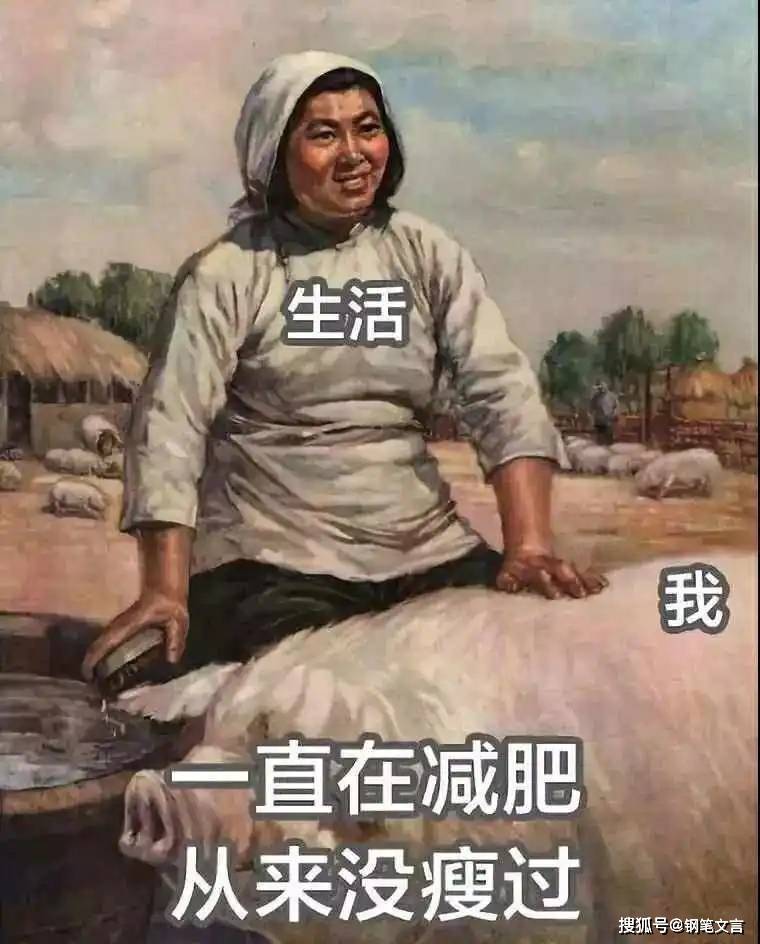The Slimming Frenzy of Summer
As summer deepens, weight loss has become one of the hottest topics. Whether it’s college students sharing their fat-loss progress on social media or 30+ workers sweating it out at the gym, everyone is pursuing a healthier and lighter body. In recent years, a plethora of fat-loss methods have emerged, but recently, a highly accessible weight loss method— the “Penny-pincher Weight Loss Method” has suddenly gained popularity, prompting many young people to reassess their lifestyles and consumption views.
The Rise of the Steamed Bun Weight Loss Method: From Refined Carbs to Superfoods
The “Steamed Bun Weight Loss Method” has suddenly gone viral online, turning the previously unremarkable plain steamed bun into a new favorite in the fat-loss community. This traditional Chinese staple, which is almost free of oil and salt, has regained people’s attention due to its “value for money” attributes.
26-year-old Duoduo is a long-time “expert” in fat loss; she has always steered clear of refined carbs like steamed buns, fearing they would cause weight gain. However, when she came across the “Steamed Bun Weight Loss Method” on social media, her long-buried craving for carbs was instantly awakened. She decided to give it a try and lost 2 kilograms within a week. Duoduo’s experience reflects how many young people are gradually realizing that fat loss doesn’t have to come at the expense of enjoying food and that a balance can be found within traditional diets.
Similar to Duoduo, 29-year-old Shala has also benefited from the Steamed Bun Weight Loss Method. As a food editor, Shala has tried various popular fat-loss methods, from ketogenic diets to gluten-free diets, but she found these methods often difficult to maintain long-term. When she began eating steamed buns with meat and vegetables after workouts, her body fat percentage significantly decreased, prompting her to reassess her past eating habits.
Consumption Downgrade: The Return of Fat-Loss Lifestyles
Behind the “Penny-pincher Weight Loss Method” is actually a trend of consumption downgrade in young people’s lifestyles today. In the past, fat loss was often associated with high costs: expensive imported steaks, codfish, avocados, and personal training sessions or high-end gym memberships costing thousands became standard for many on their weight loss journey. However, as economic pressure increases, more and more young people are beginning to seek more economical fat-loss methods.
Shala admitted that in the past, she spent at least 500 yuan a week at the supermarket for weight loss, but now, at 1 yuan each, the spicy steamed bun not only fills her up but also saves a considerable amount of money. Xiaoxiao also found that her once beloved European-style bread has been replaced by inexpensive steamed buns, significantly reducing the economic pressure of fat loss.
Furthermore, the rise of community gyms is also a manifestation of consumption downgrade. Compared to commercial gyms that cost thousands, the 99 yuan monthly fee community gym has become a new choice for many young people. Despite the simple facilities, such gyms are sufficient to meet most people’s daily exercise needs. All of this is quietly transforming young people’s consumption mindset—fat loss doesn’t have to cost a lot; simple and affordable lifestyles can equally bring health and happiness.
From Fat Loss to Socializing: The New Consumption Psychology of a New Generation
Consumption downgrade does not mean a compromise on quality; on the contrary, it reflects a rational return for young people in the fat-loss process. In the past, wearing branded sportswear and consuming high-end health foods were ways for many to showcase their lifestyle, but now, choosing cost-effective products and pursuing simple and effective fat-loss methods have become the new social currency.
Shala has noticed that more and more people are wearing Decathlon or other affordable brand sportswear at the gym, rather than chasing after expensive brands. This shift reflects a gradual reduction in young people’s dependence on brands, as they begin to focus more on the actual functions and cost-effectiveness of products. She is no longer fixated on high-end products but instead…


